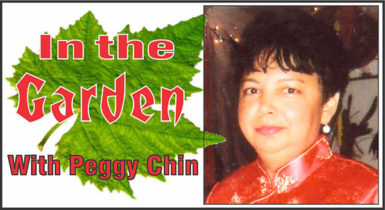Pruning can improve the look of all plants that are leggy, lopsided or too large. Here is how, when and why to prune to keep your plants looking their best.
There are two basic types of pruning:
Pinching out
Pinching out involves nipping out the growing point or points of a plant.
This encourages dormant buds just below the nipped-out point to grow into side shoots, so the plant becomes bushier and carries more flowers and foliage and is left to form several stems. Coleus and Shrimp plants are two types that benefit from pinching out. Pinching out is easy and quick to do. Using the upper thumb and forefinger and a sharp knife or scissors, remove the top approximately half of an inch of soft growth.
Cutting back
Cutting back can make a leggy, bare-stemmed plant bushy, and a lopsided plant symmetrical or an overly large plant more compact. Rampant climbers that become untidy such as Bougainvillea and Chinese Jasmine that become untidy and tangled, benefit most from cutting back.
Use secateurs to cut the woody stems or branches.
Cut back to just above a leaf or a bud pointing in an outward direction.
Do not leave stubby ends as they will die. Shortening wood growth by half is usual.
Until next week, Happy Gardening.






